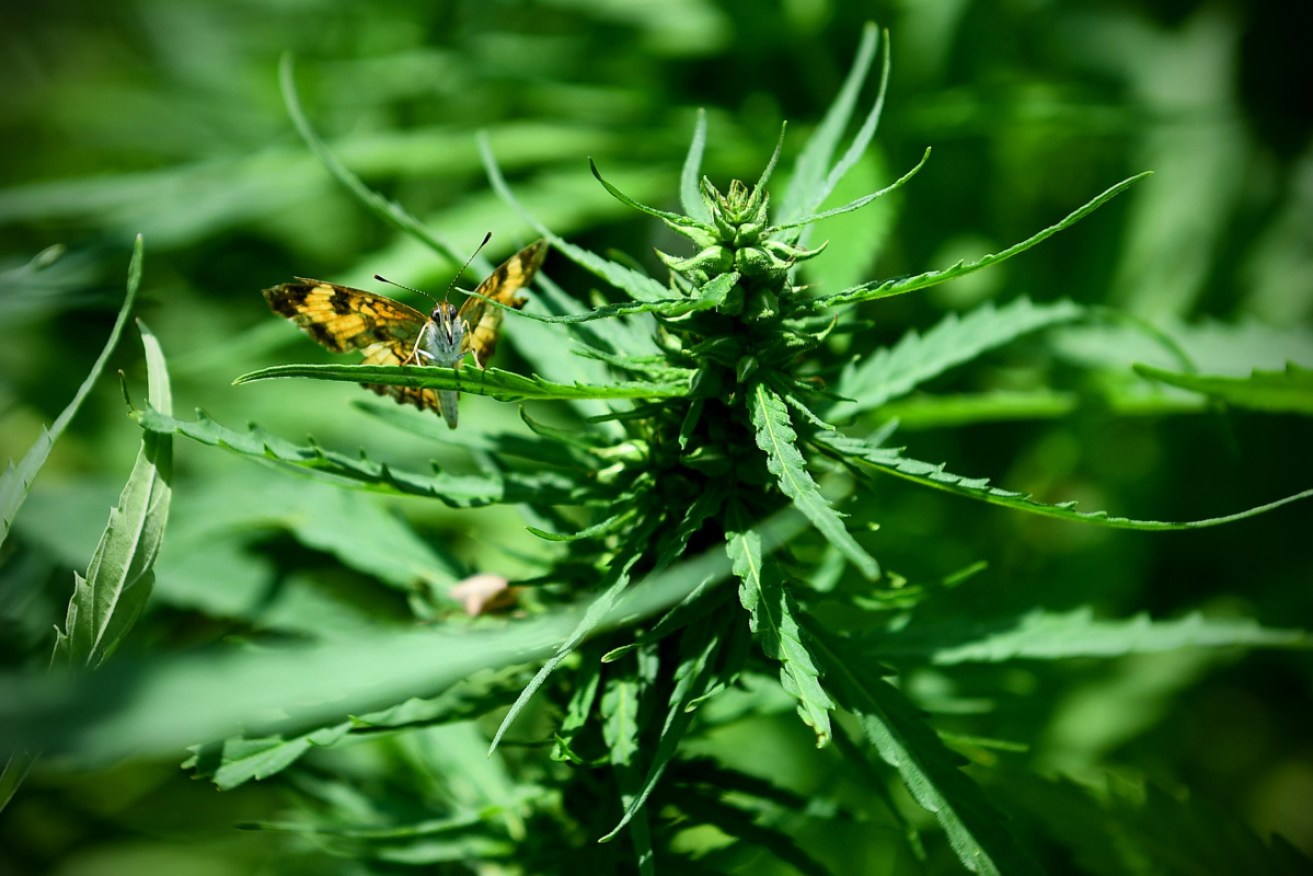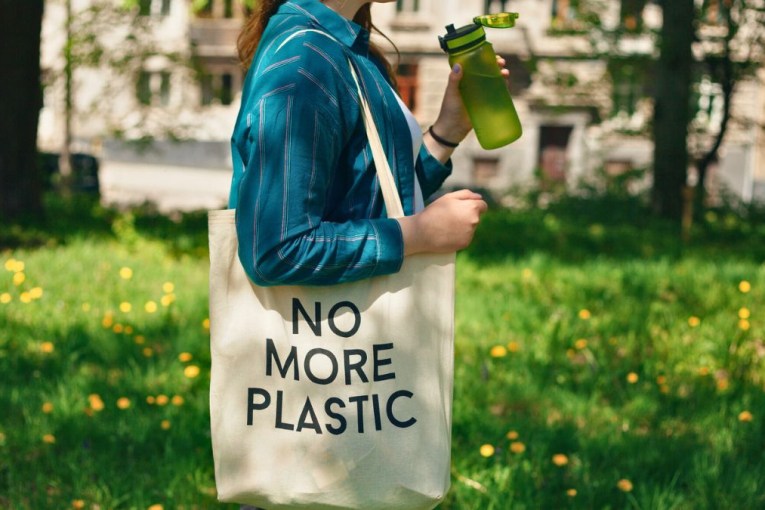Heard of ‘hempcrete’? It might just be that you will soon

After the heads have been removed for medicinal purposes, what's left becomes construction material. Photo: Getty
Local Tasmanian women are the driving force behind a hemp start-up that is crowdsourcing funding to build the world differently.
Dozens of energy efficient, fire and flood resistant homes have already gone up using their “hempcrete” and there is demand for new products such as hemp flooring, insulation and weed matting.
Working out of a small cannabis processing mill in northern Tasmania, the women-only business called X-Hemp is seeking to raise up to $5 million for expansion.
Shunned by traditional lenders, founder and managing director Andi Lucas is using online funding platform Birchal to raise capital and turn a warehouse of raw materials into hemp-based products.
Everyday investors can chip in as little as $300 to expand the mill, build tiny homes and educate builders on using plant-based materials.
Venture capitalists and superannuation funds are also expected to consider taking a stake in the emerging Australian industry.
“I know what I would do with every dollar – I have such a clear vision and a plan,” Ms Lucas told AAP.
‘Unbelievable’ savings
After two years of working in tight quarters on land provided by a local farmer, a new factory will be constructed out of hempcrete that provides “unbelievable” savings on energy costs, she said.
It will be the first industrial building to be made out of hempcrete and a timber substitute called hempwood and is intended to demonstrate the viability of using the plant-based materials at that scale.
With the factory to be located near a medical cannabis extraction facility and experienced hemp farmers, Ms Lucas believes the northern midlands of Tasmania could become the hub of Australian cannabis production.

X-Hemp’s Andi Lucas is finding sustainable uses for cannabis byproducts. Photo: AAP
She said there remained a stigma around industrial hemp, which was “frustrating but slowly starting to change”.
X-Hemp grows and harvests varieties of cannabis with no drug value, instead processing the stalks that will end up in products. The hemp, a non-psychoactive variant of the cannabis plant, is sourced locally to further reduce supply chain emissions.
The fast-growing crop stores carbon as it grows and, when processed into construction materials, locks carbon into walls that have a radically lower footprint than conventional buildings.
Tackling climate change from all sides of the construction supply chain, the use of hemp-based materials means homes are designed to be more resistant to fire and floods.
Ms Lucas said climate change also means that periods of crop failure will be inevitable, but that could be mitigated by developing hubs and growing zones around Australia.
Hempcrete on campus
“Until we’re growing, processing and manufacturing locally, we’re not going to be making enough of a difference,” she said.
The country’s largest hempcrete structure is being built by the University of Tasmania with the restoration of the former Forestry Tasmania building on the Hobart campus.
The university has funded a commercial fire rating for the material which unlocked its use in commercial and public buildings.
Alastair Flynn, senior associate at architecture firm Woods Bagot, said the selection of hempcrete was driven by a UTAS aspiration to reduce carbon in everything they do.
“We looked for alternative materials to plasterboards and steel studs – hempcrete is a good one because it’s carbon neutral, biodegradable and, in this case, local,” Mr Flynn said.
Restricted to domestic use until now, he said the successful fire-testing meant hempcrete could be used for other types of buildings.
Architect Phoebe Settle said the UTAS project uses local raw materials and does not add layers, such as paint, where it is not needed.
‘Beautiful textural quality’
“You get that beautiful textural quality and the natural colours of the campus celebrates the colours of the surrounding landscape.”
A prototype has been set up to train local tradies to use the material and allow the design team to finesse how to apply it to the building’s tricky curves. More than 200 cubic metres of hempcrete will go into the interiors of the $131 million redevelopment.
Scaling up X-Hemp’s headquarters will mean other climate-savvy developers could follow their lead, but a reliable supply is needed to make it attractive for large-scale procurement.
There will be a retail shopfront, training rooms, cafe and a childcare centre in the start-up’s new facilities planned for the small town of Cressy.
In fact, Ms Lucas said every factory she builds will have on-site daycare.
She said Cressy could be a blueprint for expansion into other regional areas where women have all the skills to operate a factory but lack the opportunity to use them because they cannot find childcare.
“We’ll also have a small group of tiny homes to provide emergency housing for women leaving DV (domestic violence) situations,” she said.
“That’s a focus of my team and something we feel very strongly about.”
-AAP








